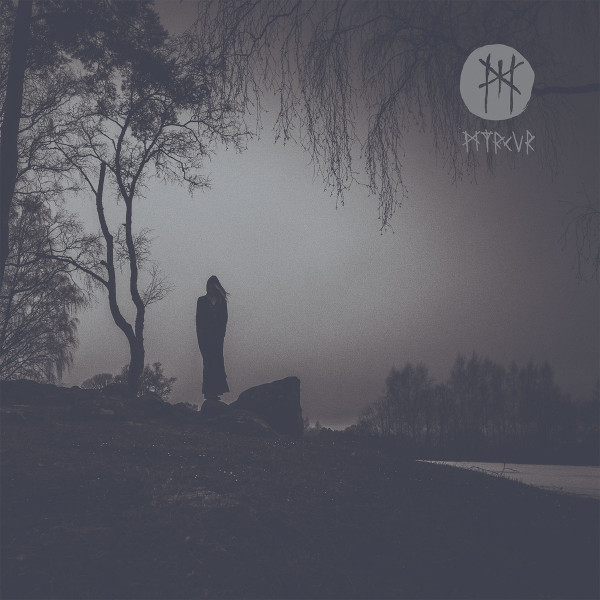
Ever get the feeling that some of the material featured on Death Metal Underground was constructed solely to bait us into posting something vitriolic and derisive? Brett-baiting is illegal in 43 countries, most recently Uzbekistan and Finland, but apparently not in America, where Relapse Records recently pushed out Myrkur’s M, a suitably ironic title for bittersweet indie-rock ironism pretending to be metal.
As a fan of analyzing music in its historical context, I’ve decided that digging too deeply into Relapse’s little stunt is to lose to them at the marketing game. You can read about the legends and myths surrounding M by Myrkur on your own time. For our purposes, it suffices to say that M is one of those “post-black metal” albums, and like most of the more commercially notorious content featured here, it’s a standard entry to the subgenre. Myrkur’s real problem isn’t that it’s a fusion, or even that it’s a failed fusion, but that the individual elements it pulls upon are not executed effectively, even in isolation. This is essentially the filler moments from a handful of black metal and indie pop albums spliced together and hastily glued by a the efforts of an ethereal vocalist who has trouble making much of an impression beyond that of vague prettiness.
That such an album as M might be a record of juxtapositions and asides is unsurprising, as this is a common and well-understood way to vary otherwise typically structured songwriting. However, it’s hard to find music with transitions and instrumentation shifts this awkward without delving into the wind-swept lands of the allegedly avant-garde. This generally applies only to the more dynamic tracks that make more effort to sound nominally metallic, but many were the times tracks melted into claustrophobic noise and reverb in order to dodge ending in a coherent fashion. Were these transitions better realized, we could probably pass this off as the mildly depressive shoegazing alternative rock recording it apparently wants to be when it grows up. But the occasional (and unsurprisingly rare) sections of overt black metal without obvious concessions to Myrkur’s shoegazing roots is poorly spent, with little in the way of intelligible riffing to the point that it’s almost a relief when the recording tries to do something different, even though it just ends up rehashing its previous ideas again.
You would have more luck loading up your favorite black metal recordings into a copy of Pro Tools and mixing in the misplaced indie pop promos we frequently receive, perhaps adding your own little twee ornamentation here and there. Perhaps this is why there are so many blackgaze recordings out there; Myrkur’s contributions would probably sink into the morass were it not for the incessant marketing of their label.
Tags: 2015, Black Metal, crypto-indie, mainstream metal, Myrkur, post-metal, relapse records, shoegaze-metal


YES! Finally someone says how it is. I’m tired of people praising this huge turd of an album just because the person responsible for it is female and a new metal presence. I’ve actually found people trying to defend it ONLY because it’s from a woman, and pretending that any criticism of it was just misogynysm.
The truth is, this album sucks. It’s bad. You can’t even understand what’s going on because not only it’s too muddy – not in a black metal way, but in a post-rock wall-of-sound-that-makes-no-sense kind of way -, it’s also pretty mediocre considering the rest of the current black metal and atmospheric black metal scene.
The folk singing and dreampop hooks are well done and are the best part about this band. But oh man the “black metal” parts are so flimsy and shallow. Its black metal sapped of all vitality and aggression, leaving only whimsical faux-grimness. They need to drop the metal pretense and just be dark indie-folk.
Also, kudos for ignoring extra-musical details like the fact that Myrkur is marketed as a one-woman black metal band. The proper way to handle marketing gimmicks.
That will be addressed in the Sadistic Metal Review